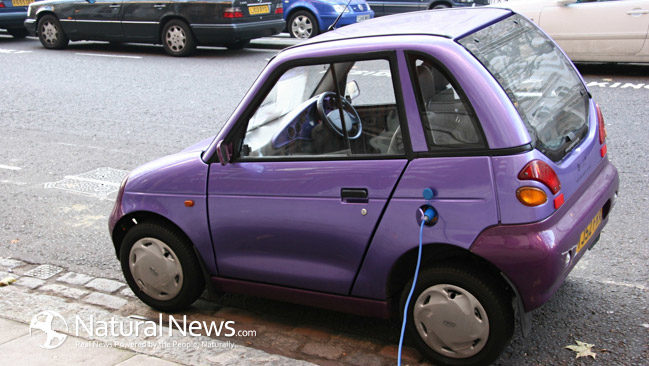Hybrid Cars are now common around the world. Virtually every manufacturer offers hybrid gas and electric vehicles, and in recent years plug in electric vehicles have become common place as well with cities all over the US offering “charging Stations”. While first introduced in 1999 in the US (the Honda Insight), it was not until 2004 and the second generation Prius that Hybrid cars have actually gone from a cute niche to a true mainstream choice vehicle. How commonplace? Over 3 million Prius were sold worldwide in the last calendar year, and over 4 million Hybrid vehicles by all manufacturers combined.
Hybrid and Electric vehicles run the gamut from slight improvement in fuel economy on some models to the 50+ MPG threshold many hybrid owners strive for and the no gas alternative plug in electric vehicles that are now beginning to find their way into common use. This is no longer a social or marketing experiment, and just as important for the future, no longer a money losing publicity stunt for the manufacturers.
Now that a full decade has passed and monthly sales of Hybrid and electric vehicles are measure in the tens of thousands instead of a few hundred, many of the rumors touted in the past have been lay to rest. There have been no uncontrollable vehicle fires following accidents with battery acid laying waste to sections of highway, no emergency service workers or mechanics electrocuted while working with the vehicles, and the landfills are not any more toxic from the thousands of batteries with no more use as the vehicles age than they were before.
The simple truth is the longevity and popularity of these vehicles would have been impossible to predict and went against all forecasts of a decade ago. The used vehicle market demand for hybrid vehicles is inexhaustible, with consumers and the used vehicle dealers alike willing to go to extremes to try to find them to satisfy heavy demand. This is despite the negative predictions of years past that maybe they would do well as new vehicles but none would trust the viability of the battery systems in a used vehicle.
Aside from the thousands of tons of carbon emissions saved by the sale of the hybrid and electric vehicles in the last decade, they have made another important contribution to the world. They persevered against the many rumors of being a passing fad. They have proven to both industry and consumers alike that there is a viable market for both new technology and green technology on a level never before realized. They have been given both hope for other newer technologies such as hydrogen vehicles and their overwhelming popularity has served to make some ask why bother.
To those asking why bother to continue on with newer technologies, remember they were the ones preaching the impossibility of the hybrid becoming mainstream 10 years ago. They were the same ones spreading the fear and rumors of the batteries being both dangerous and unreliable a decade ago, and preaching it is unneeded. Now they stand on the hybrid vehicles as the viable alternative so there is no longer need to look further.
The manufactures and many consumers around the world are looking at this experiment differently. They are looking at it as proof that a viable alternative can be both socially and commercially accepted. If a car can be manufactured using better technologies that deliver on performance and utility it will be accepted by the mainstream. 10 years of commercial success has shown that the world is happy to utilize the earth friendly technologies.





